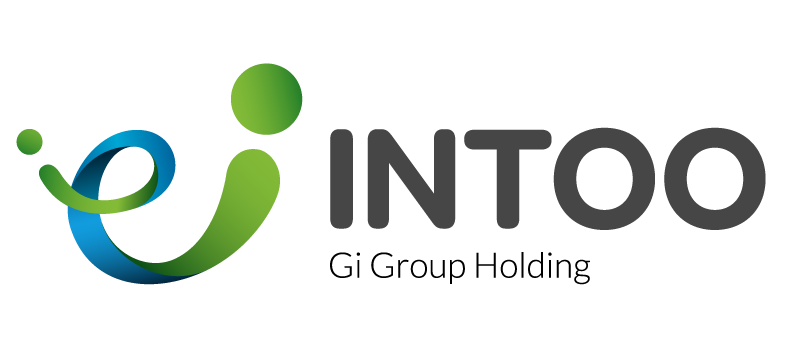What Is Employee Tenure?
Employee tenure refers to the duration an individual has been continuously employed by a specific company or organization. It is a key metric used in human resources to measure the length of an employee’s service with the same employer, often calculated in years or months. Employee tenure provides insights into workforce stability, organizational loyalty, and the overall retention of staff. This metric is valuable for assessing the longevity of individual careers within a company and can be indicative of employee satisfaction, commitment, and the effectiveness of retention strategies. High employee tenure may signify a positive work environment and successful talent management, while fluctuations in tenure could prompt organizations to evaluate factors influencing employee retention.
Why Is Employee Tenure Important?
Employee tenure holds significance for both employers and employees. For companies, it serves as a crucial metric to gauge workforce stability and assess the effectiveness of talent management strategies. High employee tenure often indicates a positive work environment, strong leadership, and successful retention efforts, contributing to increased productivity and institutional knowledge. It fosters a sense of loyalty and commitment among employees, positively impacting the company culture. Long-term employees may possess valuable institutional knowledge, enhancing overall team performance. Additionally, high tenure is linked to lower recruitment and training costs, as retaining experienced staff reduces the need for frequent hiring and onboarding. For employees, a lengthy tenure can signify career growth, job satisfaction, and a supportive workplace, fostering a sense of belonging and stability in their professional lives.
Why Should You Consider Employee Tenure When Developing a HR Strategy?
Considering employee tenure when developing an HR strategy is crucial for fostering a stable and effective workforce. Understanding the duration of employee service within the company provides insights into the success of current retention efforts and overall employee satisfaction. Long tenures may signify a positive work environment, whereas shorter tenures may signal issues that need attention. By analyzing tenure data, HR strategists can tailor initiatives to address specific retention challenges, refine talent development programs, and enhance workplace culture. Acknowledging the value of experienced employees with longer tenures allows for preserving institutional knowledge, contributing to organizational continuity. Incorporating employee tenure into HR strategy formulation helps align workforce planning with the company’s long-term goals and ensures a proactive approach to talent management and employee retention.
How to Measure and Analyze Employee Tenure
Effectively measuring employee tenure involves more than simply tracking years of service. HR professionals can use various methods and metrics to gain deeper insights:
-
Average Tenure: Calculated by dividing the total years of service by the number of employees. This gives a general view of organizational stability.
-
Median Tenure: Useful for identifying trends that might be skewed by outliers (e.g., one or two employees with extremely long or short service).
-
Tenure by Department or Role: Analyzing tenure across different teams helps identify areas with strong retention or high turnover.
-
Tenure Trends Over Time: Monitoring changes in average or median tenure year over year can reflect the impact of policy changes, leadership shifts, or company culture.
-
Correlation with Performance: Linking tenure data to productivity, engagement, or promotion rates helps assess the value of long-term employees.
By applying these methods, HR teams can better understand patterns of employee retention and make data-informed decisions to improve the employee experience.
Strategies to Increase Employee Tenure
Encouraging longer employee tenure requires a thoughtful and proactive approach to engagement, growth, and workplace satisfaction. Here are some proven strategies:
-
Create Clear Career Paths: Provide development plans, internal mobility opportunities, and succession planning to keep employees motivated and invested.
-
Recognize and Reward Loyalty: Acknowledge milestone anniversaries and long-term contributions through recognition programs or tenure-based incentives.
-
Foster a Positive Work Culture: Build trust, psychological safety, and inclusion so employees feel a strong connection to the organization.
-
Support Work-Life Balance: Offer flexible scheduling, hybrid work options, and wellness resources to reduce burnout and improve long-term satisfaction.
-
Solicit and Act on Feedback: Regularly gather employee feedback and use it to improve policies, management practices, and workplace conditions.
-
Invest in Leadership Development: Train managers to support, coach, and retain talent effectively across all tenure stages.
These strategies not only support retention but also cultivate a committed, knowledgeable workforce that can drive long-term organizational success.




